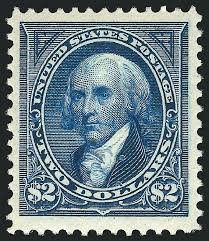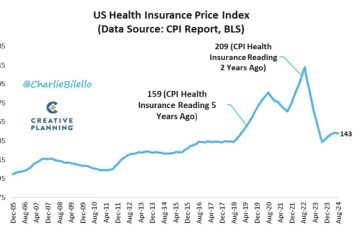Current Trends and Economic Impact of the US Dollar

Introduction to the US Dollar
The US dollar (USD) serves as a significant global currency and is often referred to as the world’s primary reserve currency. Its importance is underscored by its widespread use in international trade and finance, making it a critical indicator of global economic health. As data shows, approximately 60% of all known reserves held by foreign governments are in USD, reflecting its role as a stable and preferred currency in global markets.
Current State of the US Dollar
As of October 2023, the US dollar has shown notable fluctuations, influenced by various factors such as inflation rates, interest rate decisions by the Federal Reserve, and geopolitical conditions. Recent reports indicate that the US dollar index, which measures the value of the dollar against a basket of foreign currencies, has risen, signifying strengthened investor confidence. This increase can be attributed to the Federal Reserve maintaining a hawkish stance on interest rates amid ongoing inflationary pressures, suggesting continuing strength of the dollar in the short term.
Impact of US Dollar on Global Economy
The US dollar’s strength has both positive and negative implications for the global economy. A strong dollar can benefit American consumers by making imported goods cheaper. Conversely, it can hurt US exports, as American products become more expensive for foreign buyers. This dynamic often leads to a trade imbalance, affecting economic growth rates in various countries, particularly emerging markets heavily reliant on US dollar-denominated debts. Recent data on global trade highlights a slowdown in exports from the US, which some analysts link to rising dollar values.
Predictions and Future Trends
Looking ahead, analysts predict that the US dollar may continue to appreciate if inflation persists and interest rates remain elevated. However, potential economic slowdowns across key markets, such as Europe and China, add uncertainty to these forecasts. The interplay of domestic economic indicators and international events will be crucial in determining the future strength of the dollar.
Conclusion
The US dollar remains a pillar of the global financial system, and its performance is closely monitored by investors, policymakers, and economists alike. As global economic conditions evolve, the dollar’s stability and fluctuations will undoubtedly play a pivotal role in shaping not only the US economy but also the global marketplace. For those investing or engaged in international finance, understanding the trends surrounding the US dollar is imperative for strategic decision-making.








